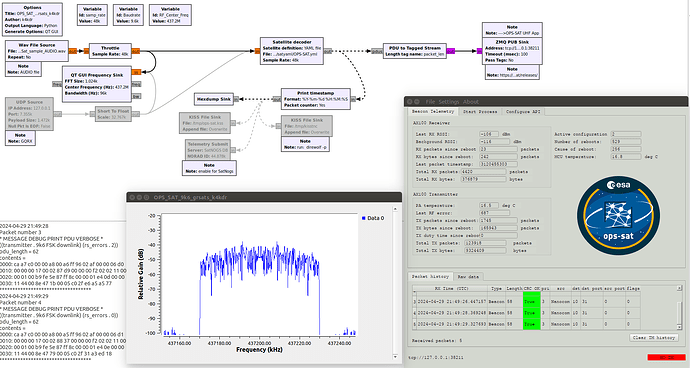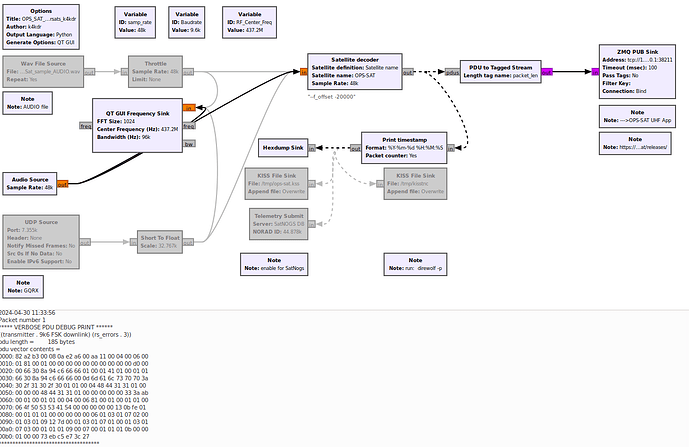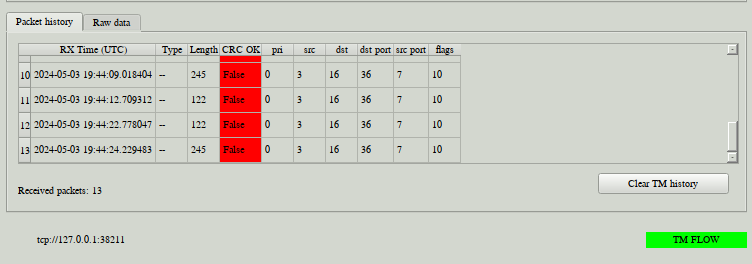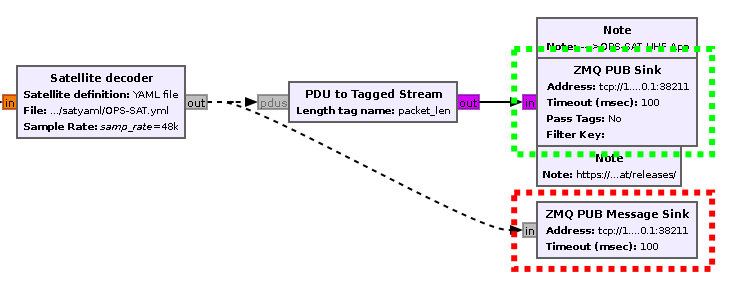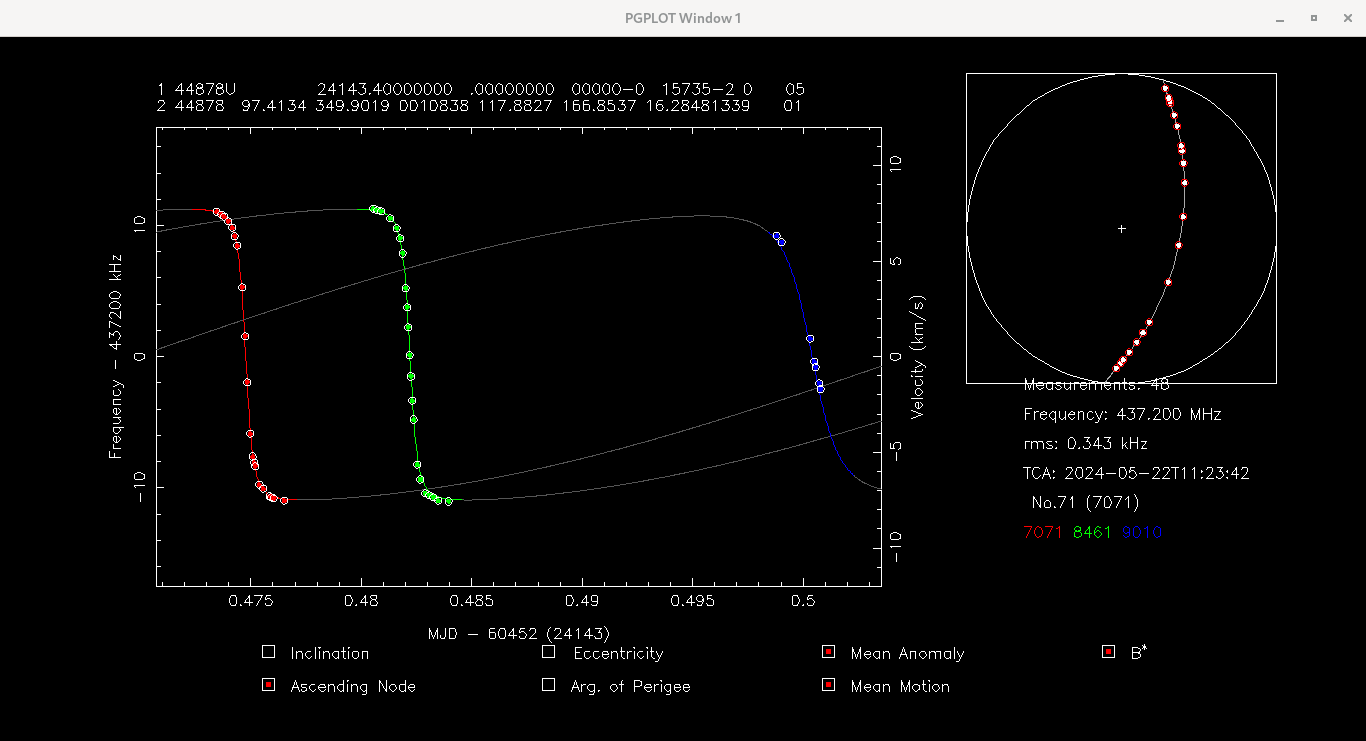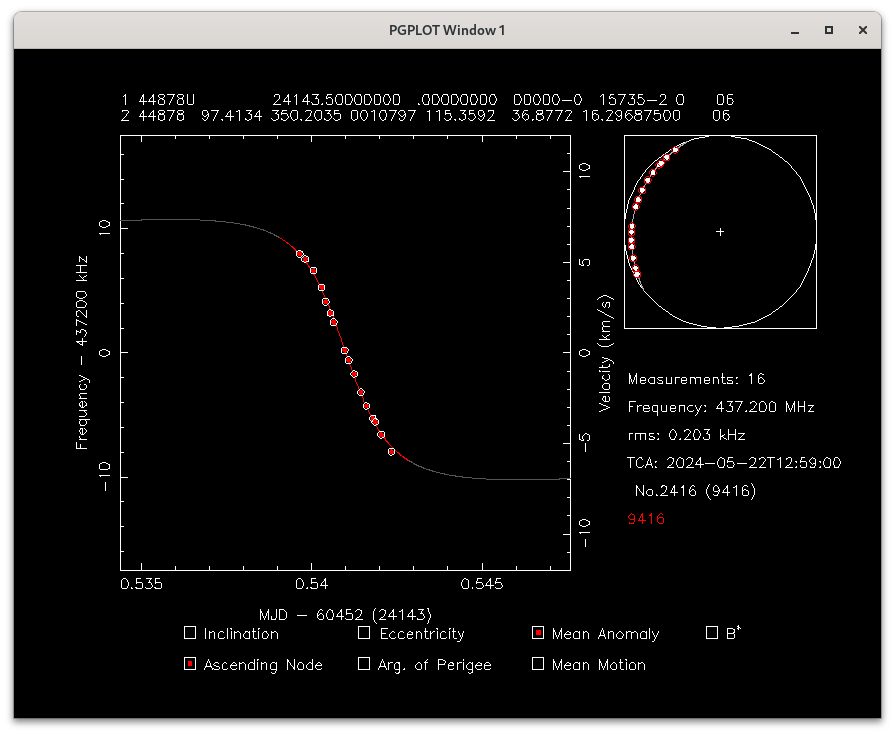ESA’s OPS-SAT will undergo atmospheric reentry within May—June 2024.
Since launch in 2019, the experimental CubeSat has enabled teams from companies and universities in Europe and around the world to test and validate new innovations in satellite operations that would be too risky to try out on a flagship mission.
Its mission is now coming to an end: the satellite’s altitude is decreasing as it loses the battle against atmospheric drag. OPS-SAT is roughly the size and mass of a piece of aircraft carry-on luggage. So, there are no risks associated with the reentry.
However, it offers a rare chance to gather valuable data.
OPS-SAT is in a unique position because it is still a very capable, functional spacecraft equipped with an ultra-high-frequency (UHF) radio transmitter that uses frequencies accessible to the global radio amateur community.
During the final stages of reentry, atmospheric drag will wrestle control of the satellite away from its team on Earth. But, while high-speed S-band satellite communication will not be possible, OPS-SAT will continue to broadcast telemetry data via its UHF radio in real time. These packets can be detected from the ground even if the tumbling spacecraft is not pointing towards Earth.
“The data that we could obtain from OPS-SAT would be used to calibrate atmosphere models at such low altitudes, where there has so far been little to no data collected. In addition, if we are able to determine the evolution of the attitude of OPS-SAT, we can calibrate the propagation models. All these data will help improve the prediction of the time and location of atmospheric reentries,” says Benjamin Bastida Virgili from ESA’s Space Debris Office.
“To collect this telemetry, we plan to use our own UHF ground station at ESA’s European Space Operations Centre in Germany, and one provided by the Department of Mechanical and Aerospace Engineering at the Sapienza University of Rome,” says David Evans, ESA’s OPS-SAT Space Lab Manager. “But OPS-SAT only passes these ground stations a few times per day, so we won’t be able to gather much data alone.”
“With the support of the global radio amateur community, we could gather data from OPS-SAT over its entire orbit during this final phase.”
It wouldn’t be the first time that the radio amateur community has supported the OPS-SAT mission. In fact, the community was challenged to catch the first signals from the satellite after its launch in 2019 and their continued support was essential during the mission’s difficult LEOP and commissioning phase.
Now, we are calling on that same community five years later to catch OPS-SAT’s final signals. We hope to collect as much data as possible during OPS-SAT’s final days in orbit, for the benefit of the entire space community.
Click here to access the OPS-SAT radio campaign portal. From here, you can register your participation in the project and receive the API key you will need to send us the data that you collect.
You can then use the other links on the portal to download the software for receiving and decoding OPS-SAT’s UHF packets and instructions on its use. The portal also features a leaderboard ranking participants on the number of frames they have provided. At the end of the campaign, the winner will receive an OPS-SAT mission T-shirt, calendar and a signed certificate.
source: Help us catch OPS-SAT’s final signals! – Rocket Science
